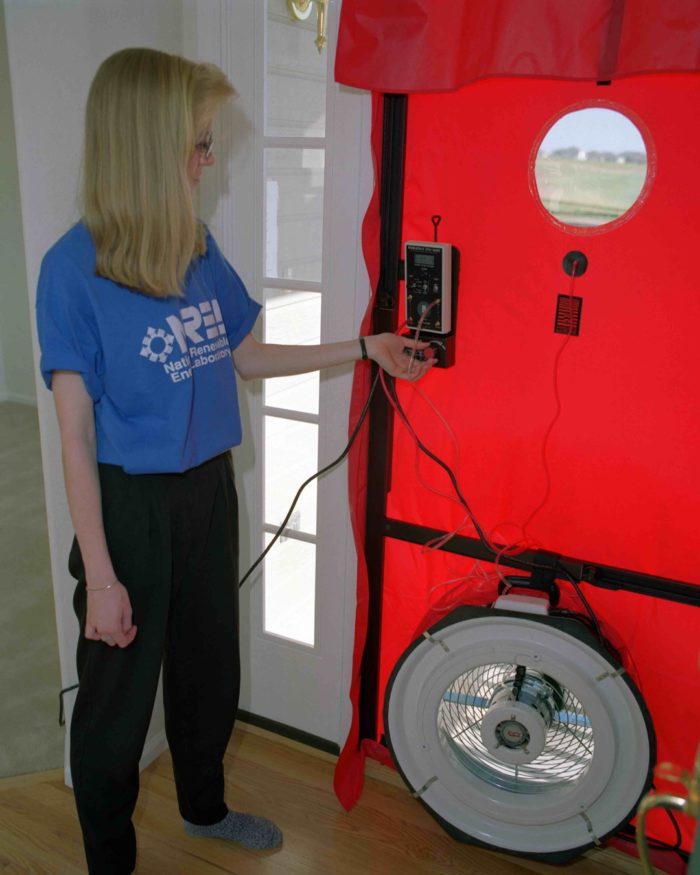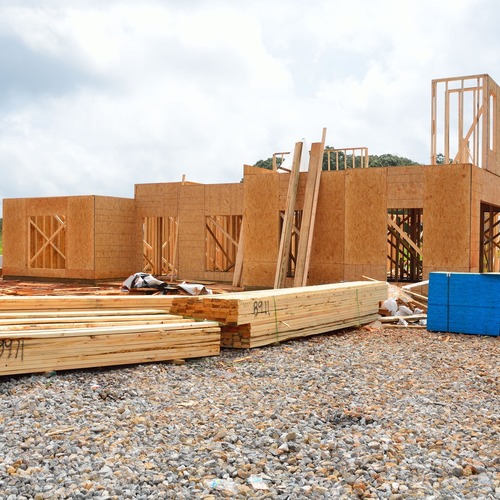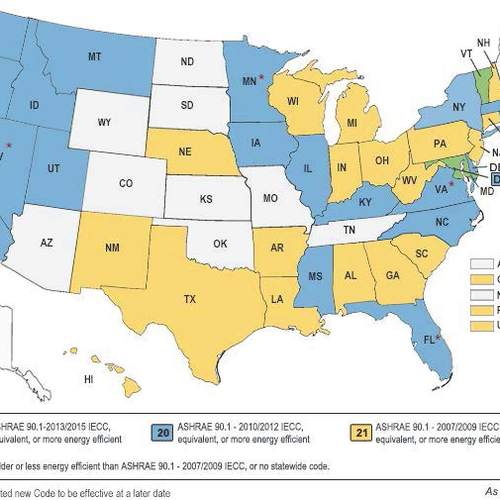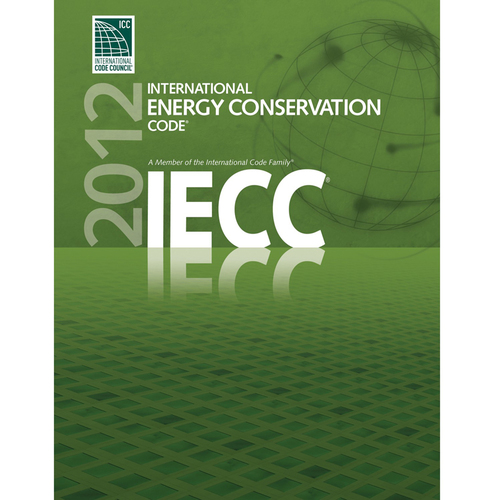
Image Credit: Warren Gretz/National Renewable Energy Laboratory
Preliminary results of a four-year Department of Energy (DOE) field study show that new single-family homes are, on average, meeting or exceeding the requirements set by local energy codes.
The findings cover six of eight states that are included in the Residential Energy Code Field Study. The study will span four years, beginning with a baseline field study in the first year, followed by training in years two and three, and a follow-up field study in the final year.
Preliminary findings released by DOE last month suggest that while previous studies showed low compliance with energy codes, this time around most new homes are doing better than expected on a number of fronts, according to a summary of the findings posted by Builder Online.
Over the past 12 months, data collectors visited new, unoccupied houses in eight states: Texas, Arkansas, Kentucky, Alabama, Georgia, North Carolina, Maryland, and Pennsylvania. They gathered information on lighting efficiency, window U-factors, window solar heat gain coefficients, envelope airtightness, duct leakage, and insulation levels in framed walls and foundations.
The baseline code in most of the states was the 2009 version of the International Energy Conservation Code. (Only Maryland has adopted the 2015 version of the IECC, and North Carolina uses a state code.) The number of houses that researchers visited ranged from a low of 133 in Texas to a high of 249 in North Carolina.
What researchers learned
A DOE presentation of the findings and the Builder Online report made these points:
- Windows were consistently better than required by code. No state had more than three observations where windows didn’t meet code requirements.
- Compliance with lighting efficiency requirements was inconsistent. The 2009 IECC requires 50% high-efficacy lighting, which includes fluorescent and LED fixtures. Observers found some homes had all high-efficacy lighting, and about the same number having none; the rest fell somewhere in the middle.
- The amount of wall insulation was almost always exactly compliant with code, R-13 to R-20, depending on the Climate Zone.
- New houses met or exceeded the requirements for airtightness in all states, with a “high percentage” of observations ranging between 4 and 6 air changes per hour at 50 pascals (the 2009 IECC standard is 7 ach50.)
- No area was consistently worse than code.
-
The Builder Online report was written by Ryan Meres, whose organization, the Institute for Market Transformation, collected information in Alabama.
He wrote: “Overall, the initial data and analysis coming out of DOE’s Residential Energy Code Field Study demonstrate the success of energy codes as an effective policy tool for driving energy efficiency in the single-family residential housing market. It also demonstrates the diligence of builders and local building officials in ensuring compliance with the energy codes adopted in their states.”
The findings suggest that builders should be paying particular attention to the type of lighting they install, and to requirements for duct and building envelope tightness, which get tougher with new versions of the code, Meres said.
Weekly Newsletter
Get building science and energy efficiency advice, plus special offers, in your inbox.















One Comment
Code development in Montana
In 2009, the proposed 2009 IECC came up for review in Montana. I attended a public hearing put on by the state Dept of Labor and Industry, Building Codes Division, the regulating authority. I hadn't been keeping up with energy codes, and was really surprised at the lack of change between the 2009 code and the codes from the 1980s, There were a few minor improvements based on changes in materials and easy changes to construction practices; R-21 batts have become common, replacing R-19 batts. R-49 attic insulation (R-38 around the perimeter), Window U-values of U-.33 reflect the common use of Low-E coatings. One significant change was the requirement for 50% efficient lighting, reflecting the commercial success of CFLs. A required air leakage rate of 7ACH50 was a complete joke, but did set the stage for the testing of future code improvements.
Based on my disappointment in the 2009 IECC, I led a charge to amend and stiffen the code in Montana. We offered a series of 6 cautious improvements such as R-25 wall insulation, U-.32 windows, 4ACH50 air leakage limit and removal of Montana's allowance of un-insulated crawlspaces. We were successful in getting about half of those recommendations approved, and for a time had a stronger energy code than the IECC. It was interesting to me that every one of those recommendations made it into the 2012 IECC.
The real problem in Montana is that there is no code enforcement in rural areas and this affects about half the construction in the state. The Governor agreed in writing to achieve 90% compliance in the state when Montana accepted stimulus funds, but to date, very little has been accomplished.
It is heartening to see that there is generally good compliance with the energy code in those six states. It reflects the usefulness of the code as a tool to improve our housing stock. The 2009 IECC however, is a weak code and doesn't represent much improvement in energy efficiency. Let's see how builders comply with the real changes in the 2012 IECC.
Log in or create an account to post a comment.
Sign up Log in